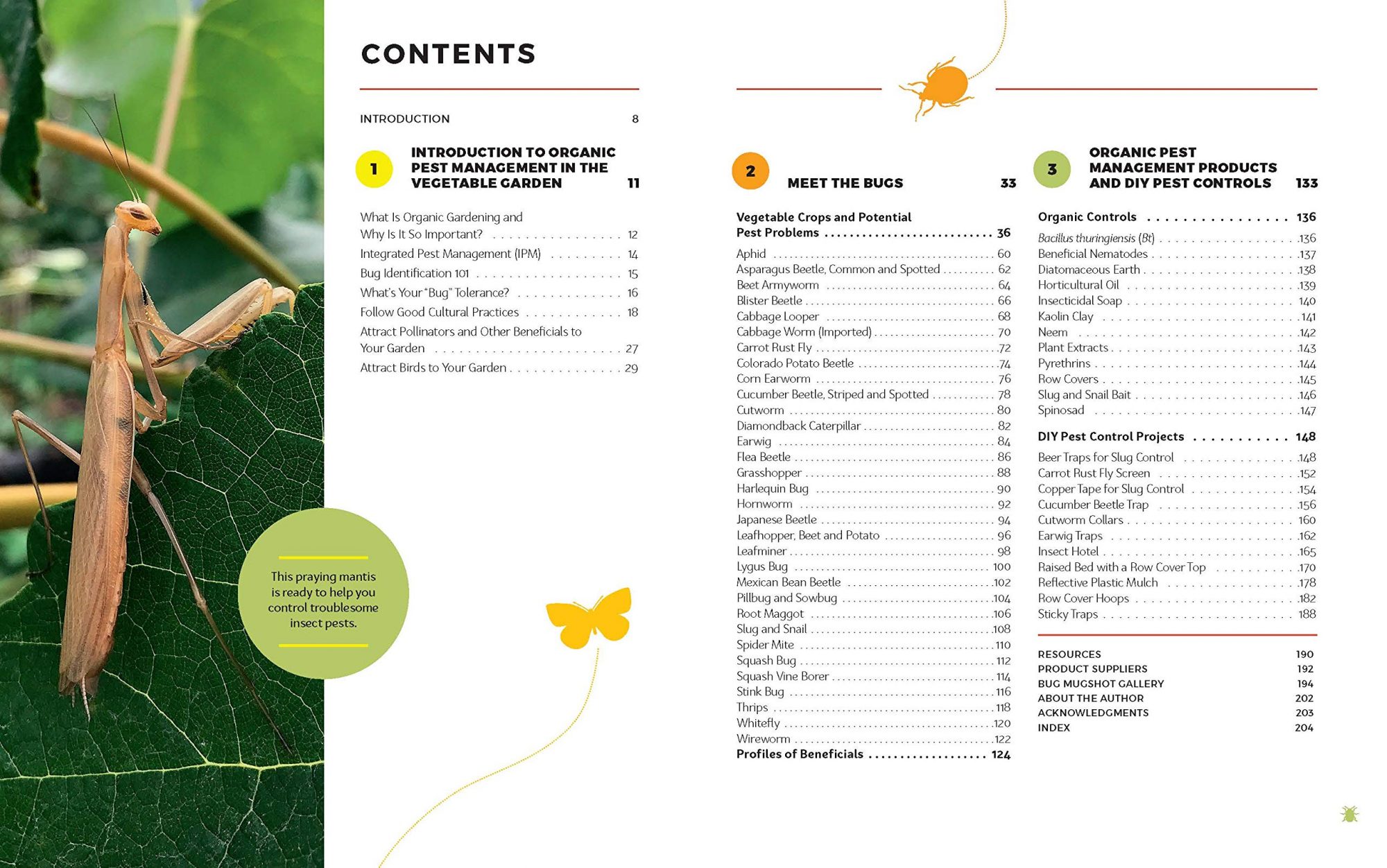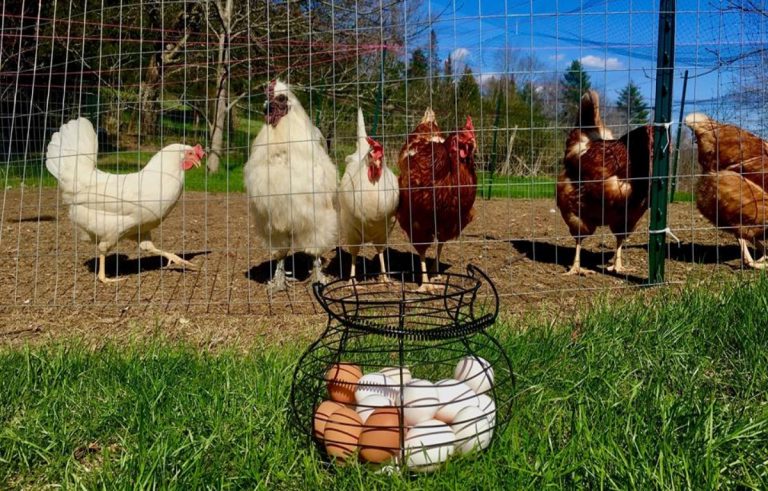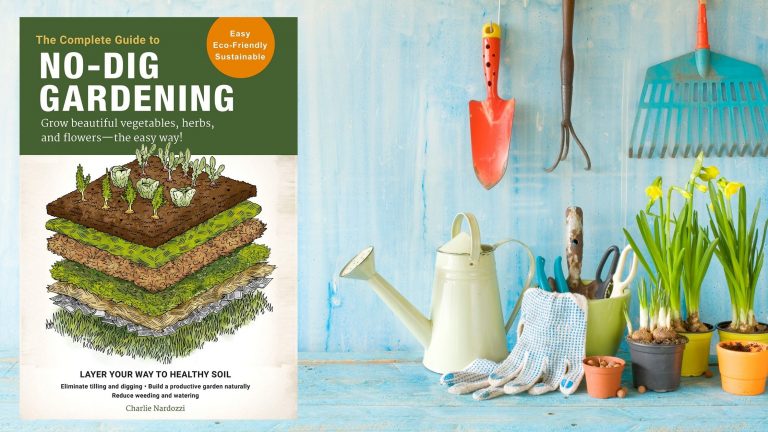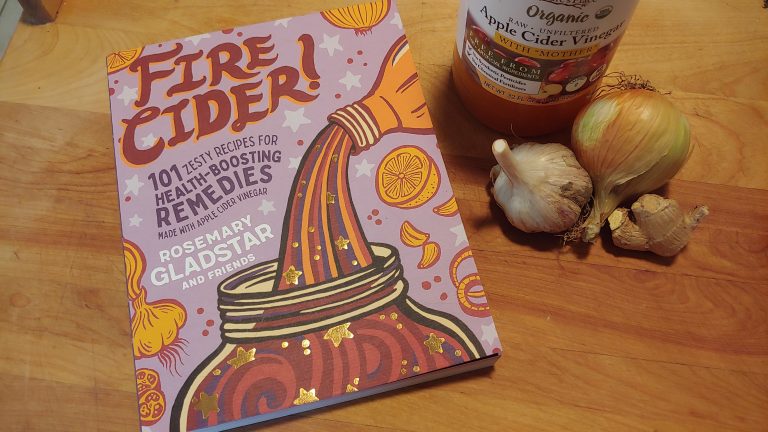This post may contain affiliate links.
Homestead How-To was provided with a review copy of this book by Cool Springs Press.
Vegetable garden pests are the worst. You spend all spring growing seedlings indoors, prep your beautiful garden beds, and plant your baby seedlings outdoors only to have them EATEN by nasty bugs that don’t seem to understand that the food is meant to feed your family, not them!
How do you treat vegetable garden pests the smart way? Susan Mulvihill’s new book “The Vegetable Garden Pest Handbook” aims to answer that question with all-natural solutions for almost any garden pest you could find. We couldn’t wait to get our hands on a review copy from Cool Springs Press!
Spoiler alert – we immediately added this book to our list of Best Homesteading Books!
Seriously, we’re pretty careful about how we spend our money, but I do not hesitate to tell you to buy this book – today. You don’t even need to read this whole review, but if you want to know why we love it, here’s an explanation.
First, Mulvihill focuses on ALL-NATURAL SOLUTIONS for pest control. The book does not recommend pesticides that could harm your family or the environment. Part of our homesteading mission is about being good to mother earth and making healthy choices for our family, so that is a no-brainer for us.
Second, we love reference books that can be used like a diagnostic tool. One look at the table of contents shows you that you can pick any bug, look up a page number, and read how to deal with it. We love how easy it is to find just what you are looking for without having to read through the entire book or an entire section. Say you notice that you have an asparagus beetle problem. Just pick up the book, go to the table of contents, and there it is – asparagus beetle on page 62.
Third, we love that the book includes both organic controls (things you add to or pug on your garden) and DIY Pest control solutions (physical controls like traps or covers). This means you have options. If building a trap for cucumber beetles doesn’t take care of all of them, you can also try floating row covers or applying beneficial nematodes – there are so many options!
Lastly, this book is so straightforward and simple to follow. You figure out what pest you have, look for solutions, and see a whole list of them to try. Then, you can read more about each solution in the section dedicated to how to use it. This book is seriously a frustrated gardener’s best friend, and won’t send you down rabbit holes of confusing choices.
If pests are your enemy, and you’re sick of spending hours trying to figure out how to handle each thing that attacks your vegetable garden, this the book for you. I’m keeping it right next to my garden gloves and expect to use it regularly.
I mean, how can you not want this book when the cover shows an image of the dreaded TOMATO HORNWORM???
For more recommended homesteading books visit our the learning section of our website, and don’t forget to check out our Favorite Homesteading Books on our Amazon list.
Carrie Williams Howe is an educational leader by day and an aspiring homesteader by night and weekend. She lives on a small homestead in Vermont with her husband, two children, and a rambunctious border collie. She blogs about her family's homestead life at The Happy Hive.







